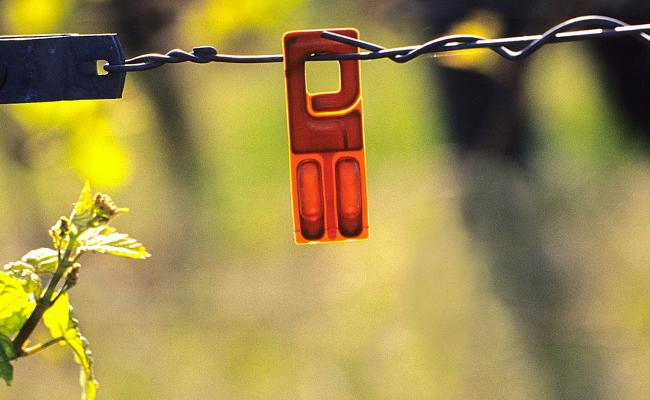Harvest
The dates for harvest for each AOC are defined by a Prefectoral order. They begin when the grapes are ripe, when they have the best sugar/acidity ratio which is generally 100 days after the mid-flowering stage. It’s the varieties used to produce Crémant d’Alsace which are harvested first, around September 15. Then follow the grapes for AOC Alsace and AOC Alsace Grand Cru. It’s only around mid-October that harvesting starts for varieties used to produce Vendanges Tardives and Sélections de Grains Nobles.
Harvesting is still mostly done by hand and requires about 250 hours per hectare making over 30 people to pick 1 hectare in one day. Transporting the harvest from the vineyards to the cellars is done using either vats or harvest bins (called bottiches in Alsace). Before being pressed, the grapes are stripped (except for the Crémant, Vendanges Tardives and Sélections de Grains Nobles) then pumped into the press.








